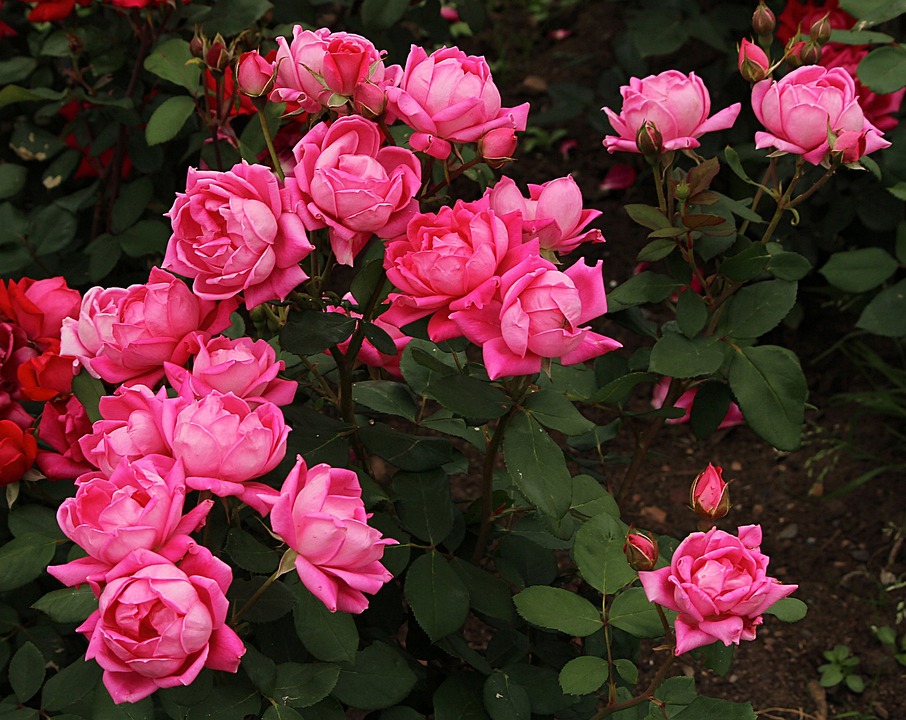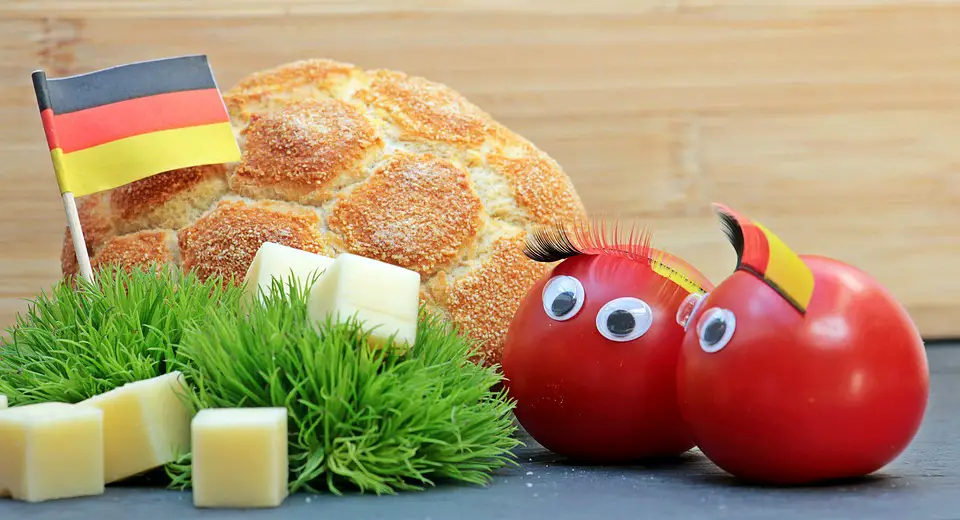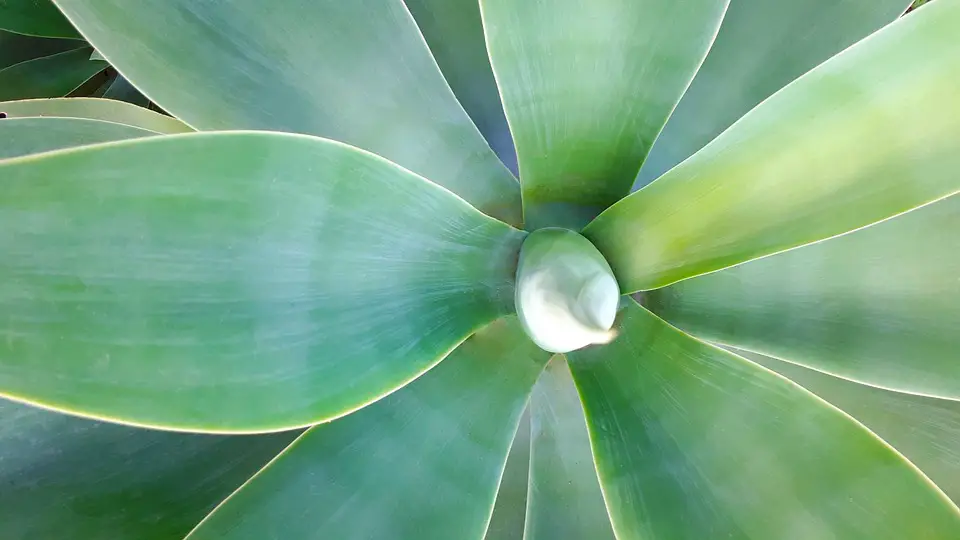Introduction
Your garden is an extension of your home, and just like you refresh and redecorate your indoor space, your outdoor area also deserves a makeover. One of the most effective ways to transform your garden is by adding colorful blooms.
Not only do they bring life and beauty to your outdoor space, but they also provide a sense of tranquility and joy.
In this article, we will explore the various ways you can revamp your garden with colorful blooms and create an inviting oasis right outside your door.
Choosing the Right Plants
Before you start planting, it’s important to choose the right plants for your garden. Consider the climate, sunlight exposure, and soil conditions in your area.
Some plants thrive in full sun, while others prefer shade. Research different species and select flowers and plants that will flourish in your specific location.
Additionally, think about the overall aesthetic you want to achieve. Do you prefer a cottage-style garden with an abundance of wildflowers or a sleek and modern look with clean lines and minimalistic blooms? Tailor your plant selection accordingly.
Creating Color Combinations
Color combinations play a crucial role in creating an attractive garden that is pleasing to the eye. Experiment with different color schemes to achieve the desired effect.
Consider using complementary colors, such as purple and yellow or red and green, to create a vibrant and harmonious look. Alternatively, opt for a monochromatic color scheme that utilizes different shades of the same color for a more subtle and elegant aesthetic.
Don’t forget to take into account the color of your house and any existing structures in your yard to ensure a cohesive overall design.
Seasonal Blooming
Plan your garden in a way that ensures blooms throughout the year. By selecting plants that flower at different times, you can create a visually stunning garden that changes with the seasons.
Incorporate early bloomers like tulips and daffodils for a burst of color in the spring, followed by summer favorites such as roses and hydrangeas. Extend the beauty of your garden into the fall with vibrant chrysanthemums, and consider adding hardy winter flowers like pansies and snowdrops.
With careful planning, you can enjoy a colorful garden all year round.
Container Gardening
If you have limited space or want to add color to your outdoor area without extensive landscaping, consider container gardening. Planting flowers in pots and containers allows you to experiment with different combinations and easily move them around to create focal points or change the overall look.
This approach is particularly useful for smaller gardens, balconies, or patios where every inch counts.
Choose containers that complement your overall design and don’t forget to provide adequate drainage for your plants to thrive.
The Importance of Maintenance
Once you have established your garden, it’s essential to maintain it properly to keep the blooms vibrant and healthy. Regular watering, pruning, and fertilizing are essential tasks that will help your plants thrive.
Weed control is also crucial, as weeds can compete with your colorful blooms for nutrients and water.
Additionally, stay vigilant for any signs of pests or diseases and take swift action to protect your garden.
FAQs
Q: How often should I water my garden?
A: The frequency of watering your garden depends on several factors, such as the type of plants, soil conditions, and climate.
Generally, it’s best to water deeply but infrequently, ensuring the water reaches the plant’s roots. However, always check the moisture level of the soil before watering to avoid over or under watering.
Q: Can I grow colorful blooms in pots?
A: Absolutely! Container gardening is a great way to add pops of color to your outdoor space.
Just make sure to choose plant varieties suitable for containers and provide adequate care, including regular watering and fertilizing.
Q: How can I prevent pests from damaging my colorful blooms?
A: There are several methods to deter pests from your garden. You can try using natural remedies like companion planting, where certain plants repel pests.
Additinally, organic pesticides can be used sparingly to protect your plants without harming the environment.
Regularly inspect your garden for signs of pest infestation and take appropriate action promptly.
Q: What are some low-maintenance colorful blooms?
A: If you prefer low-maintenance plants, consider options like marigolds, petunias, or zinnias.
These flowers are generally easy to grow and require minimal care while still providing stunning colors to your garden.
Q: How can I attract butterflies and bees to my garden?
A: Butterflies and bees are essential for pollination and contribute to a healthy ecosystem.
To attract them to your garden, plant nectar-rich flowers such as lavender, coneflowers, or butterfly bushes.
Providing a water source like a shallow dish or birdbath can also attract these beneficial insects.




